In a remarkable display of resilience, the US economy exceeded expectations by growing at a rate of 5.2% in the third quarter of this year, according to the Commerce Department’s second estimate. This figure outperformed the initial estimate of 4.9% and highlights the economy’s ability to withstand challenges such as elevated inflation and high borrowing costs. Despite concerns of a slowdown in the coming months, the robust growth in the third quarter offers a positive outlook for the nation’s economic recovery.
Strong Economic Performance
The Gross Domestic Product (GDP), which serves as the most comprehensive measure of economic output, showcased its strength by rising at an annualized rate of 5.2% from July through September. This growth was fueled by increased business investment, government outlays, residential investment, and inventory expansion. Notably, nonresidential fixed investment, reflecting business spending, experienced a positive turnaround, growing at a rate of 1.3% compared to the previous estimate of a decline of 0.1%. Residential investment also saw significant upward revision, reaching 6.2% from the initial estimate of 3.9%.
Consumer Spending and Future Outlook
Consumer spending, a crucial factor driving the US economy, remained solid during the third quarter, although it was slightly revised lower to 3.6% from the initial estimate of 4%. This still represents a healthy pace of growth. Furthermore, the holiday season witnessed record-setting sales on Black Friday and Cyber Monday, indicating strong consumer confidence and willingness to spend.
However, experts anticipate a potential slowdown in the fourth quarter. Retail sales declined by 0.1% in October, marking the first decrease in seven months. Business surveys from the Institute for Supply Management also indicated a deceleration in economic activity in both the services and manufacturing sectors. Additionally, the job market exhibited signs of cooling, with a lower-than-expected job growth of 150,000 in the previous month.
Despite these concerns, real-time estimates for fourth-quarter GDP growth suggest a slower pace. The Atlanta Fed projects a 2.1% annualized rate for the final quarter of the year. Economists caution against interpreting the summer’s economic strength as an indicator of a strong trajectory, emphasizing the rising costs, debt burdens, and slowing job growth that may dampen consumer and business spending.
Federal Reserve’s Monetary Policy
Given the mixed signals in the economy, the Federal Reserve is expected to maintain its current stance on interest rates. With the likelihood of a third consecutive interest rate pause, central bank officials recognize the need to carefully assess various economic factors, including growth, when making monetary policy decisions. Fed Governor Christopher Waller expressed confidence in the moderation of output growth and its impact on inflation, suggesting that the current policy position is well positioned to address the evolving economic landscape.











